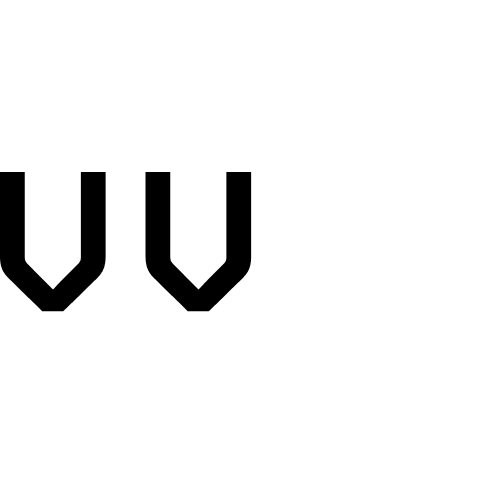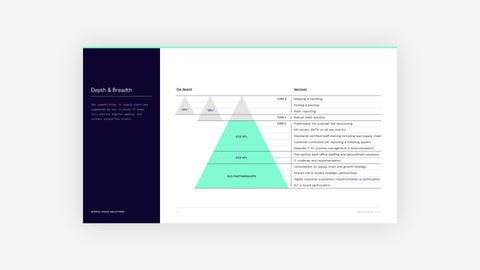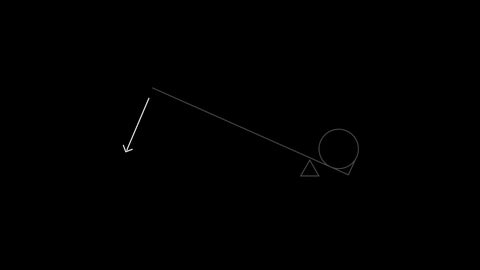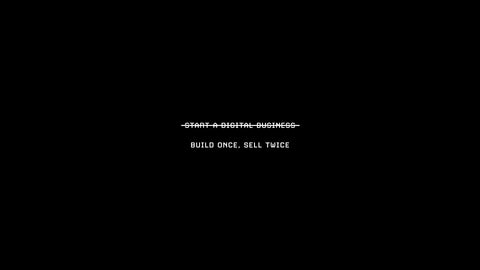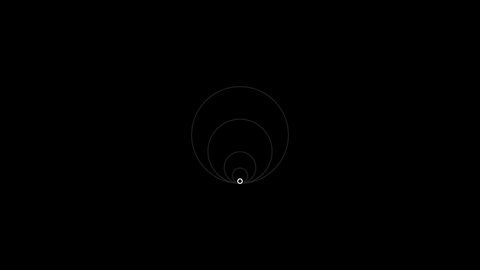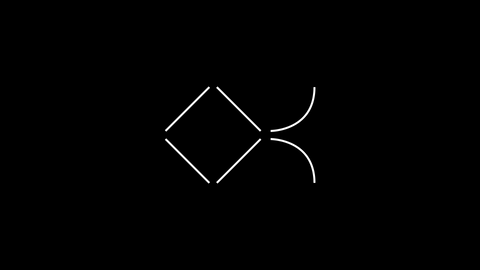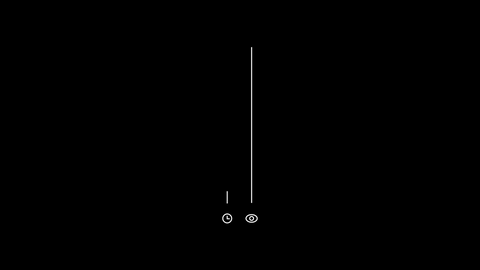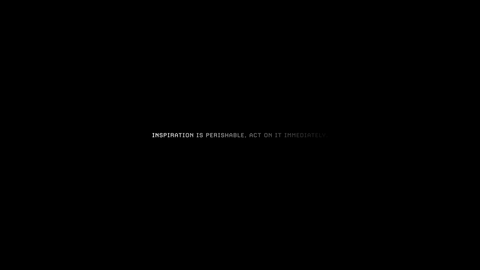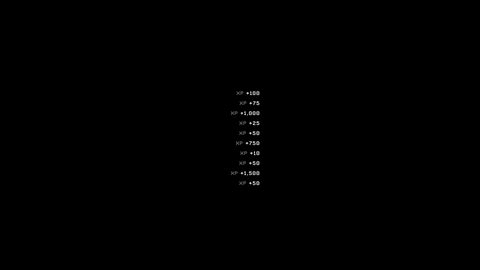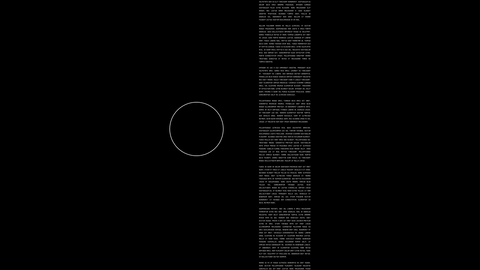Visualize Value is built on a simple conceptual foundation:
If you can explain something visually, you have a much better chance at helping someone understand it.
Below are six practical examples of how you can use visuals to grow your business, convince someone of your talent, and get your point across in the highest possible fidelity.
Make the intangible tangible.
If you sell anything that you can't take a photograph of, consider using simple and precise visuals to make your process visual.

Use recognizable symbols.
Use common visual devices to differentiate the differences between you and your competitors. The below example emphasizes both depth of expertise and scale of operation using a simple comparison of three triangles and a descending list of capabilities.

Show your process.
A simple technique that explain the level of expertise, time and energy required to do what you do, is to simply record yourself doing it. We use ScreenFlow to capture and edit clips like this.
Be consistent.
Visual equity compounds. By establishing and sticking to strict visual constraints, you ensure everything you make contributes to your position in minds and subsequently, markets.

Make things look real before they are.
One largely overlooked advantage of visual design is its ability to make something feel real before it reaches its usable form. The benefits of this are obvious and endless. From mocking up physical products, to software interfaces, to renderings of cities.
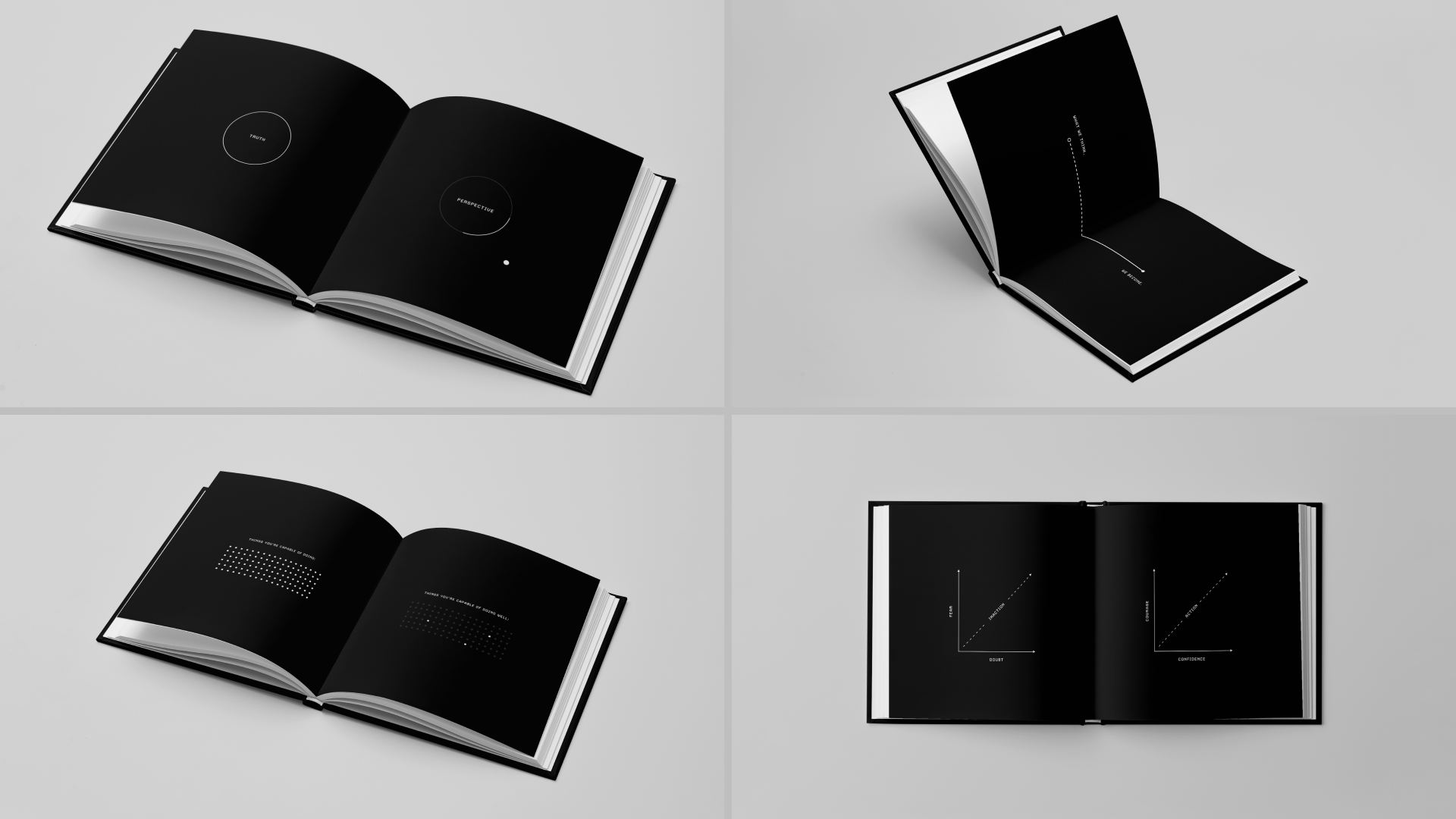
Use hierarchy to make tedious information readable.
The drier the information, the more of an arbitrage opportunity good design presents. From large datasets to walls of text, introducing typographic hierarchy, color, and dividing lines will drastically widen the number of people that can engage with, and understand your work.

